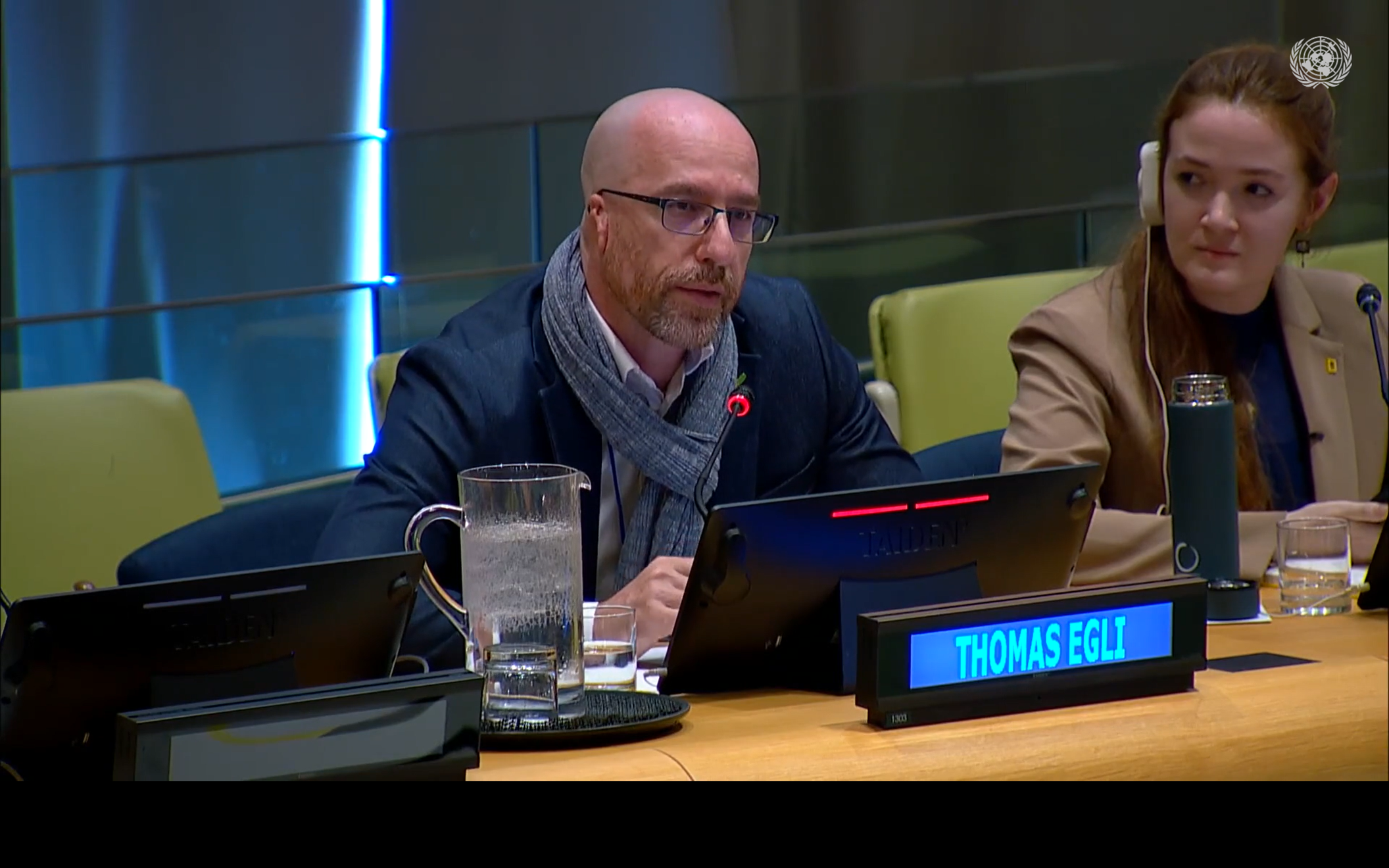Drawing inspiration from the living world: rethinking organizations as ecosystems
Article written as part of the intervention at the UN during the conference on the Rights of Nature, Harmony between Human Beings and the Living World, and Well-Being, on the occasion of International Earth Day, April 22, 2025 in New York. (See the program and the declaration)
Towards an Organization in Harmony with Nature
The way we structure human organizations shapes our impact on Nature. Historically based on hierarchical, pyramidal, and linear models, our institutions – whether governmental, economic, or community-based – reproduce patterns of control, fragmentation, and domination. These patterns are disconnected from the logic of living systems, which are instead organized according to principles of interdependence, adaptability, and distributed regulation.
In the face of the current systemic crisis, rethinking our organizations by drawing inspiration from Nature has become a powerful lever for transformation.
What Nature Teaches Us: Organizational Principles of Living Systems
Natural ecosystems operate according to clear and interconnected principles:
![]() Functional diversity: each element has its own role, but in interdependence with others.
Functional diversity: each element has its own role, but in interdependence with others.
![]() Active cooperation: symbiotic relationships prevail over competition.
Active cooperation: symbiotic relationships prevail over competition.
![]() Regulation through feedback loops: balance is maintained without centralized control.
Regulation through feedback loops: balance is maintained without centralized control.
![]() Continuous adaptability: living structures are flexible and evolving.
Continuous adaptability: living structures are flexible and evolving.
![]() Subsidiarity: decisions are made at the most relevant level.
Subsidiarity: decisions are made at the most relevant level.
![]() Resilience: living systems can absorb shocks.
Resilience: living systems can absorb shocks.
These principles can be observed from the microbiome to the primary forest, from the cell to the biosphere. They offer us an alternative model to the rigid, vertical hierarchical structures of human organizations.
Living Organizations: Combining Vertical, Horizontal, and Fractal Structures
Contrary to a simplistic vision of "non-hierarchical" as disorganization, structures inspired by living systems simultaneously integrate:
![]() functional verticality (chains of expertise or transmission),
functional verticality (chains of expertise or transmission),
![]() collaborative horizontality (cross-functional cooperation, collective intelligence),
collaborative horizontality (cross-functional cooperation, collective intelligence),
![]() organic fractals (repetition of similar structures at different scales).
organic fractals (repetition of similar structures at different scales).
This combination produces networked, evolving, and learning systems, similar to a mycorrhiza or a coral colony.
Example: an organization can combine a strategic hub (vertical), inter-branch project circles (horizontal), and a fractal structure with local units replicating the essential functions of the whole.
This is precisely how we have organized the functioning of the NGO Objectif Sciences International, both in its collaborative network and in the teams of its Resource Center.
Positive Effects on Nature: From Organization to Impact
When an organization draws inspiration from Nature, its impact on Nature changes radically.
![]() A company designed according to these principles promotes frugality, circularity, sharing, and local rootedness. It becomes ecosystemic.
A company designed according to these principles promotes frugality, circularity, sharing, and local rootedness. It becomes ecosystemic.
![]() A national economy based on subsidiarity and territorial diversity supports activities compatible with natural regeneration.
A national economy based on subsidiarity and territorial diversity supports activities compatible with natural regeneration.
![]() An international organization operating as a network of co-responsible actors is capable of integrating Indigenous knowledge, natural cycles, and the rights of Nature.
An international organization operating as a network of co-responsible actors is capable of integrating Indigenous knowledge, natural cycles, and the rights of Nature.
Because these entities function like Nature, they act in favor of Nature: fewer negative externalities, more synergies, and a direct contribution to planetary balance.
Interventions by Mr. Thomas EGLI on April 22, 2025 in New York

Link to the UN web TV apr.22 session
Suggested Bibliography
![]() Fritjof Capra & Pier Luigi Luisi (2014) The Systems View of Life
Fritjof Capra & Pier Luigi Luisi (2014) The Systems View of Life
![]() Thomas Egli (2001) Les Idées du Vivant
Thomas Egli (2001) Les Idées du Vivant
![]() Humberto Maturana & Francisco Varela (1987) The Tree of Knowledge
Humberto Maturana & Francisco Varela (1987) The Tree of Knowledge
![]() Janine Benyus (1997) Biomimicry
Janine Benyus (1997) Biomimicry
![]() Frédéric Laloux (2014) Reinventing Organizations
Frédéric Laloux (2014) Reinventing Organizations
